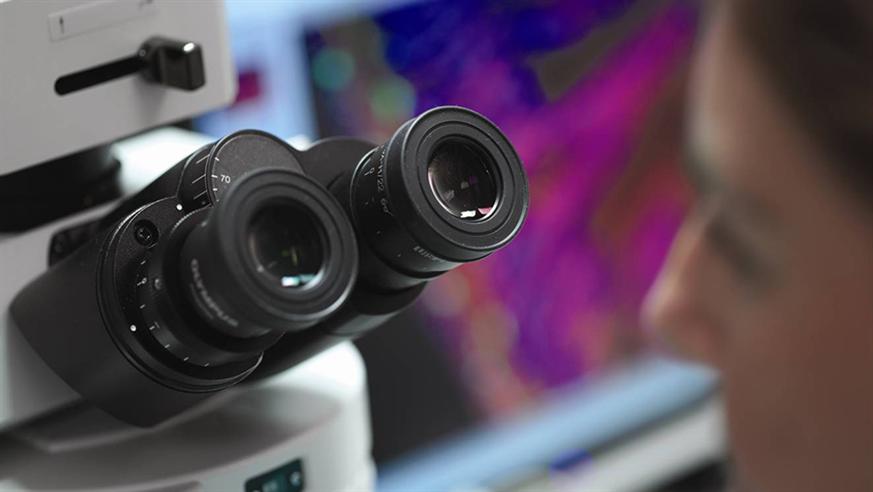
Researchers have developed a computer program to more efficiently track the trajectory of moving cells.
The program will help them study biological processes such as signalling and cell division, which are both important elements in cancer development.
A research team from The Institute of Cancer Research (ICR) and Imperial College London created the tool, which will help scientists follow cell movements in a more accurate and user-friendly way.
The program, called NucliTrack, uses machine learning to ‘learn’ how cells normally move around – which helps it ‘understand’ confusing data.
Studying cell movement under a microscope
Scientists can use the program to follow living cells – by taking videos of the cells under a microscope, and tracking them with the help of fluorescent protein tags.
This allows them to study cell movement, and also to learn about the activity of particular proteins throughout the growth cycle of cells.
For example, the ICR team recently used live imaging in a study of a protein called p21, and found that it acts as a signal of DNA damage within daughter cells after division.
Research at the ICR is underpinned by generous contributions from our supporters. Find out more about how you can contribute to our mission to make the discoveries to defeat cancer.
Read more
Making NucliTrack more accessible for cell biologists
The researchers created the computer program to make cell tracking techniques more accessible for cell biologists, who might not have the computer coding skills previously needed to correct errors – caused by the difficulties in tracking cells accurately when they move around a lot, when they divide, or when they ‘crawl’ on top of each other.
Automating the cell tracking process with NucliTrack will lift live imaging methods to a new level, and allow researchers to follow many more cells for much longer than before.
Watch on YouTube a NucliTrack tutorial demonstrating basic file loading and segmentation procedures.
Study leader Dr Chris Bakal, Team Leader in Dynamical Cell Systems at the ICR, said:
“NucliTrack works by learning what certain cells and cell behaviours, such as moving and dividing, look like. Using its knowledge of a normal pattern of movement, it can then correct for any errors or missing data when it is tracking cells.
“In the past, we tracked cells almost manually, so we were able to follow only a handful of cells. NucliTrack automates the process, which will hugely increase the number of cells we can track, and the time we can track them for.”